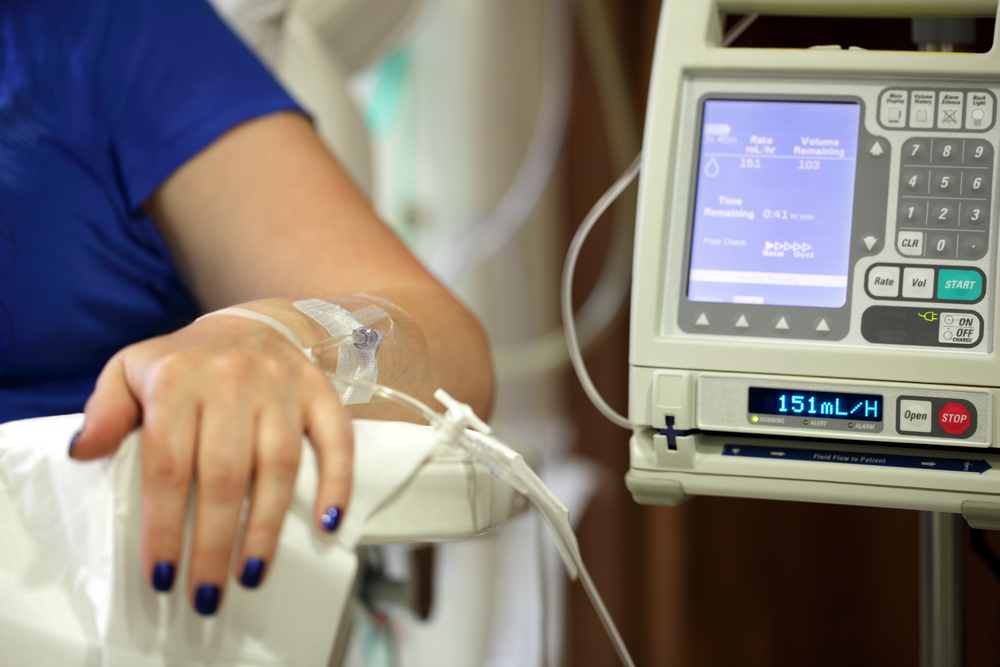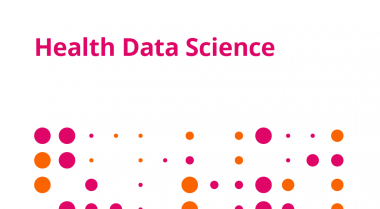Genomic risk prediction of coronary artery disease in women with breast cancer: a prospective cohort study
9 December 2021

Overview
Advances in oncotherapies have been highly successful in cutting breast cancer death rates. But a major clinical dilemma has emerged as the treatments leave some survivors facing a significantly higher risk of cardiovascular disease. New research could help identify the increased levels of risk for individual patients, allowing better-informed decisions about treatment.
The challenge
In 2018 there were 2.1 million new cases of breast cancer globally, a quarter of all cancer cases in women. Cardiovascular disease (CVD), partly due to the effects of cytotoxic chemotherapies and radiotherapy, is the leading cause of death in older breast cancer survivors.
The benefits of several years of high quality life thanks to effective cancer treatment can be offset by the severity of later CVD. If each person’s risk levels can be accurately predicted the way would be open for better-informed decisions about their care.
There are already well established measures of the risks people face of CVD due to genetic and lifestyle factors such as smoking, BMI and diabetes. However, clinicians also need to be able to measure and factor in any additional risk an individual patient faces due to cancer treatments.
The solution
Research was carried out to identify whether it was possible to use a polygenic risk score (PRS) among breast cancer survivors to calculate their risk for coronary artery disease (CAD) (a common form of CVD). It was carried out by a team including Mr Lathan Liou (then at the University of Cambridge Department of Public Health and Primary Care and now a data scientist with Merck in Boston) along with Professor Paul Pharoah and Dr Mike Inouye. The results (published in Breast Cancer Research) provided the first assessment of its kind.
Impact and outcomes
The research suggests that PRS can risk stratify breast cancer patients independently from traditional risk factors. The study (using data from 12,413 breast cancer patients from East Anglia) showed that every increase in 1 standard deviation of PRS was associated with a 33% increase of CAD risk. Patients with the highest PRS had an over-twofold difference in CAD risk compared to those with the lowest. About 6% of patients who would normally have been assessed as low risk became high risk with the addition of PRS.
A PRS may have two distinct benefits. One is that where breast cancer survivors are found to have a heightened risk, measures can be taken earlier to manage health factors. The other is that clinicians and patients can discuss the best course of action before treatment begins.
Mr Liou said:
“The hope is that, with this additional information at our disposal, we can take steps towards more personalised medicine and making sure we get the best treatment options using the best possible quality of life decision metrics.”
Impact Committee
The HDR UK Impact Committee described this paper as having significant potential impact on healthcare and including patient data from under-represented groups.



